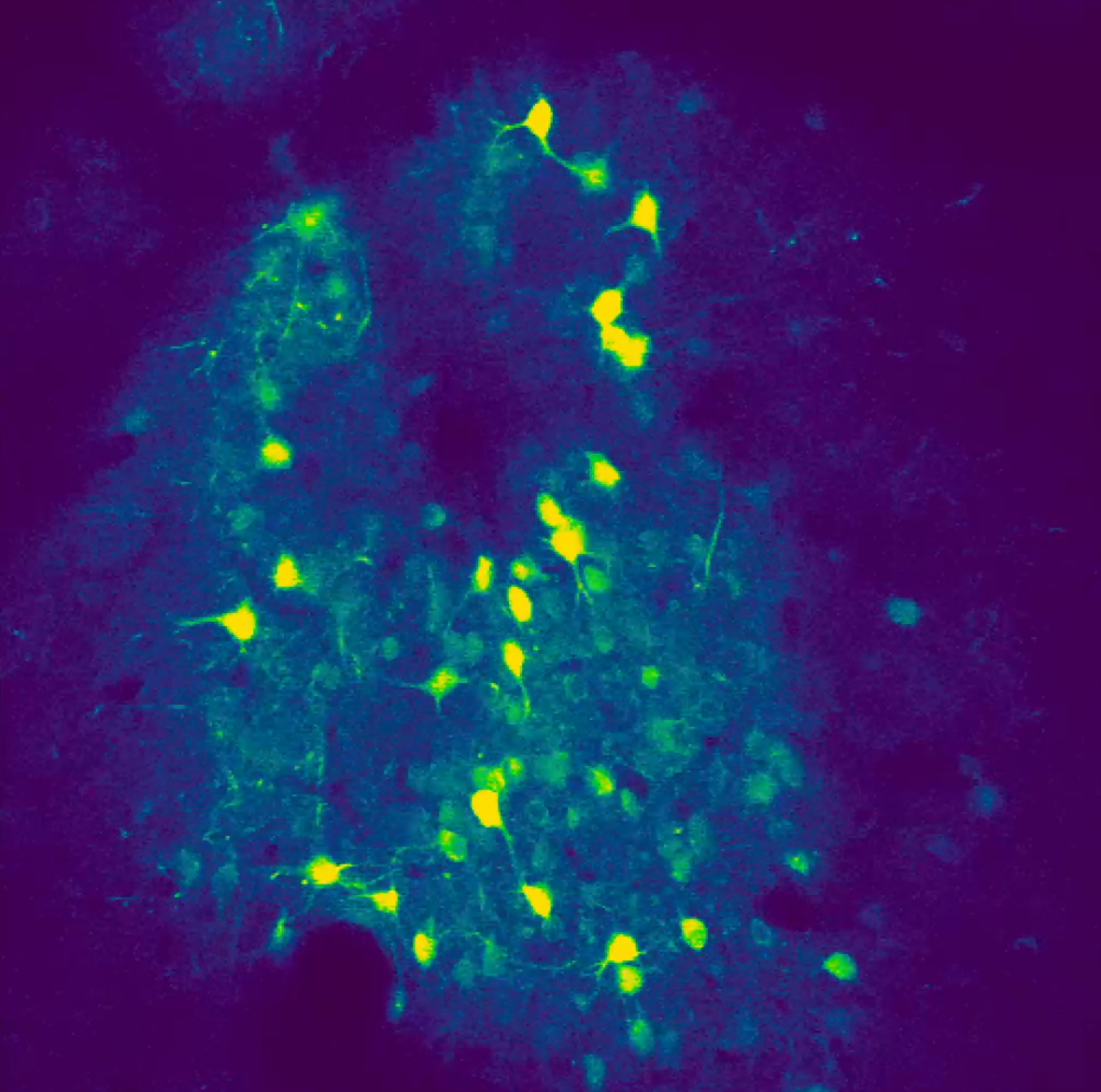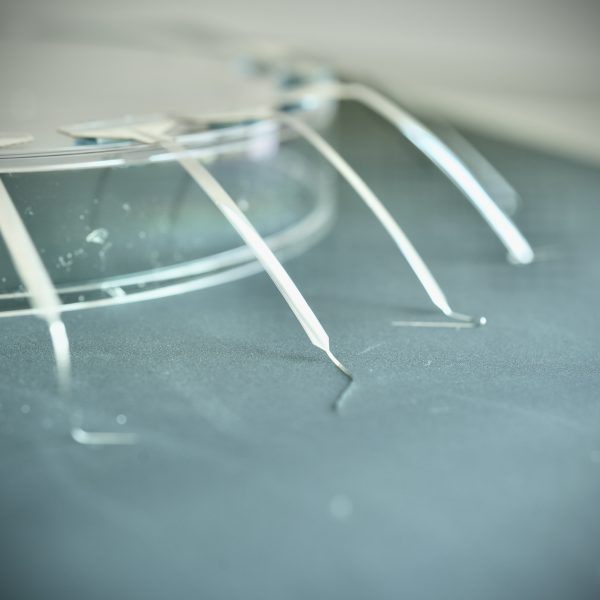
Growing up, Daniel Gonzales loved science. He had a subscription to Popular Science magazine that his sister renewed for him each year, and he marveled at the scientific breakthroughs. He dreamed of one day doing the same. When he got to college, he chose to major in physics, but it wasn’t until he visited the lab of an electrical engineer who made technology to study the brain that he realized exactly what he wanted to do.

“It wasn’t a concept I’d heard about before,” said Gonzales, who is now assistant professor of biomedical engineering at Vanderbilt University and assistant professor at the Vanderbilt Brain Institute. “I never thought that engineers and physicists could think of new ways to take measurements of the brain. I just got really excited.”
That excitement has led to breakthroughs for Gonzales and his team in the Gonzales Lab at Vanderbilt. They specialize in combining microfabricated, transparent brain-machine interfaces with optical neurotechnologies for recording activity across massive spatial scales, from individual synapses up to brain-wide networks.
With the imaging, Gonzales said they are able to study how an animal learns a new task, or how they make certain movements, like the use of an arm.
“We can use these experimental platforms to really detail pictures of brain activity during learning; what is happening to individual connections in the brain,” Gonzales said. “We can study those connections with the imaging technique and see how these connections are changing. And then we can apply that to studying diseases that degrade learning or learning disorders.”
The platforms Gonzales and his team are developing enable the study of circuit computations with unprecedented precision. Researchers say such precision is necessary because of the brain’s tiny anatomical structures. The width of a brain cell is about a tenth the size of a human hair. Gonzales’ team has been studying the brain activity of mice by using a special electrode they created that combines optical imaging. An electrode, about the size of a human hair, is attached to a micro-wire containing sensors and inserted into the mice’s brain.
Mentoring for future breakthroughs
While he enjoys his research, Gonzales said his greatest joy comes from watching the progression of his graduate students, and the excitement they have from making new discoveries.
“I’m more fulfilled by seeing students who two years ago knew nothing about any of this, and now they are on the threshold of being experts at all these technologies,” he said.
Grace Adams is a third-year Ph.D. student in Gonzales’ lab. She said she’s excited about pushing the boundaries of microfabrication to create customized devices to advance the field of neuroengineering.

“I’ve enjoyed pulling concepts and techniques from various fields to answer these high-level neuroscience questions about how the brain learns, adapts, and controls external devices,” Adams said. “My current work focuses on engineering tools for scientific discovery, and I am hoping to translate these techniques for a career in clinical neuroprosthetic device design in the future.”
Daniel Woods, a third-year Ph.D. student, said the lab has given him valuable training in designing technology from the ground up with application-specific goals in mind. He said he also appreciates interdisciplinary work involving microfabrication, signal processing, electronics, 3D modeling, animal behavior, and neuroscience.
“It’s a rare opportunity to get hands-on training across so many fields during my Ph.D. while working to answer fundamental questions about the brain,” Woods said. “The mentorship and collaborative environment here have really helped me grow as both an engineer and a scientist.”
Collaborators on Gonzales’ research include Vanderbilt Engineering Professors Christos Constantinidis and Dario Englot, as well as Sara Bick, M.D., and Shawniqua Williams Roberson, M.Eng., M.D., at the Vanderbilt University Medical Center.
“We are really fortunate to have Dr. Gonzales in our faculty, which has created great synergies with the ongoing research at the Institute,” said Constantinidis, associate director at the Vanderbilt Brain Institute. “My own work involves understanding cognitive functions and the electrodes Dr. Gonzales is designing provide novel ways of understanding neural activity in the brain.”
Gonzales’ technology may eventually be used on humans.
“I honestly try not to predict in advance where our technologies will be in the next 5 or 10 years,” he said. “I look forward to letting the data, curiosity of my students, and exciting collaborations steer us down paths we may not even foresee yet. But there are genuine avenues to translate our work towards interfacing directly with the human brain. We are developing ways to do this with an extremely high-resolution for studying, diagnosing, and treating neurological disorders.”
Contact: Lucas Johnson, lucas.l.johnson@vanderbilt.edu